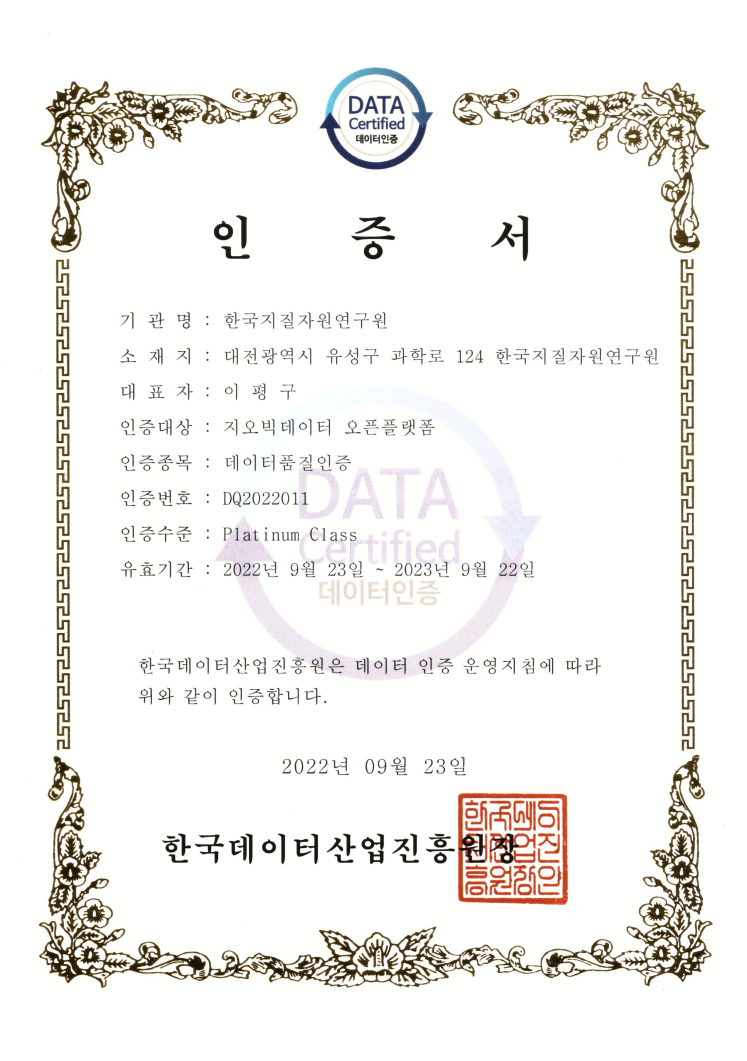희유금속 정제 및 활용 기술개발연구
상세정보
| 자료유형 | KIGAM 보고서 |
|---|---|
| 서명 | 희유금속 정제 및 활용 기술개발연구 |
| 저자 | 김원백 |
| 언어 | KOR |
| 청구기호 | KR-98-C-28-1998-R |
| 발행사항 | 韓國資源硏究所, 1998 |
| 초록 | Titanium metals and alloys have been widely used in various industries. The annual import of titanium products exceeds 60 million$ excluding 16 million$ titanium sputtering targets used in semi-conductor industry. However, domestic production of titanium metals has not been made due mainly to the low metal content in domestic ores. Therefore, a strategy for the value addition of imported titanium sponges should be seek to meet the growing domestic demands. In the mean time, the attempt to recycle expensive titanium scraps produced in the nation would be worthwhile in view of the reduction of import from foreign countries and of saving valuable secondary resources. The objectives of this research are thus two fold : One is to develop a technology for the production of high-purity titanium metals by Electron Bean Melting (EBM) of imported sponges. The other is to find ways to utilize titanium scraps and powders produced in the nation. To accomplish the objectives, experiments were designed for the following scopes and conducted accordingly: i.e. - EBM(Electron Beam Melting) of titanium sponges and scrape. - Production of titanium powders utilizing domestic scraps. - Isothermal sintering of titanium and titanium-hydride powders. - Spark Plasma Sintering (SPS).Electron beam melting (EBM) of various titanium sponges demonstrated the refining capability of EBM. To better evaluate the purification and contamination of EBM process, GDMS analysis was conducted at a target producer (Tosoh SMD Inc. of U.S.A). 33 metallic impurities were analyzed by GDMS (Glow Discharge Mass Spectrometry). The results indicated that some of the samples satisfy the 4N and 4N5 specification of the producer. The same batch samples were also analyzed by National Institute of Technology and Quality (NITQ) of Korea. The results from both institutes showed large discrepancies without notable trends of any sort. This observation appears to demonstrate the difficulties and precautions involved in the chemical analysis of semi-conductor grade purity. Titanium hydride(TiH₂) and Ti-6Al-4V hydride powders were prepared by the hydride-DeHydride(HDH) process using 4N5 sputtering-target and Ti-6Al-4V scraps by at a commercial plant. Ti powders were produced by heating their hydrides at 800℃ in vacuum. ICP analysis revealed that the titanium powders produced from target scraps contained less metallic and non-metallic impurities than commercial powders. For Ti-6Al-4V scraps, the HDH method was not very effective due probably to its large thickness and difference in their affinity to hydrogen. Isothermal sintering of TiH₂ at 1000-1400℃ demonstrated that TiH₂ enhances the densification of titanium powder-metallurgy(PM) products significantly. This suggests that the production time thus manufacturing cost may be reduced accordingly. The oxygen contents in sintered compacts were lower when TiH2 was used in stead of Ti powders. It is believed that Ti powders which were newly generated by TiH₂→Ti + H2 reaction are responsible for the observed densification and oxygen reduction. The assumption that hydrogen should be higher in TiH₂ compacts than in Ti compacts proved untrue. This may suggest that the substitution of TiH₂ for Ti would nor result in the hydrogen embitterment as expected. A Spark Plasma Sintering(SPS) system was designed and completed in part. Ti and TiH₂ powders were selected to demonstrate the capabilities of SPS system. Unlike the isothermal sintering, use of TiH₂ powders did not produce dense Ti products. In contrast, SPS of Ti powders resulted in 98% density in 4 minutes of sintering. The discrepancies in the densification effect of TiH₂ during both modes of sintering was due to fact that TiH₂ remained unreacted in SPS unlike the isothermal sintering. They remained in the compact due to the short sintering time and to the load applied to the compact which traps hydrogen. Therefore, it appears to be necessary to take additional measures to remove TiH₂ before or during SPS. It remains to be seen whether it is possible to further benefit from the densification effect of TiH2 as was abserved in isothermal sintering |
| 페이지 | 184 p. |
| 키워드 | 희유금속, 정제, 활용, 티타늄, 스폰지티타늄, 잉고트, 티타늄잉고트, 스크랩, 수소화물, 방전플라즈마소결, 소결 |
| 원문 |
유형별 보고서
- 736view
- 2download

댓글